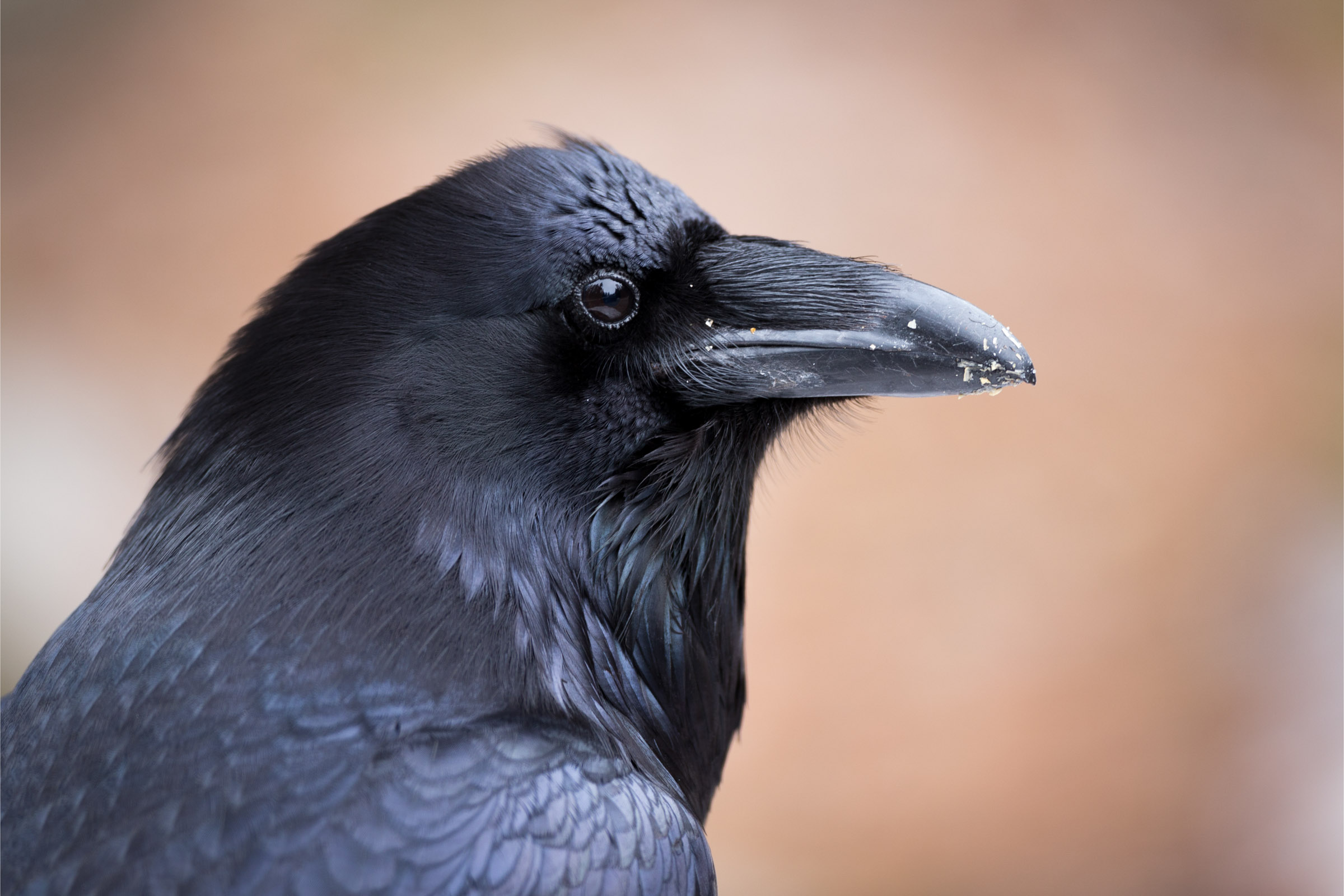Ravnes: Exploring The Mysteries And Wonders Of The Raven
Ravnes, or ravens as they are commonly known, are fascinating creatures that have captivated human imagination for centuries. These intelligent birds are often associated with mythology, folklore, and even modern science. In this comprehensive article, we will delve deep into the world of ravens, uncovering their behaviors, significance in various cultures, and their role in the ecosystem. With a focus on the keyword "ravnes," we aim to provide you with insightful information that showcases the expertise, authority, and trustworthiness of our content.
The raven, scientifically known as Corvus corax, is one of the most recognized bird species worldwide. Found across different continents, these birds are known for their striking black plumage, powerful beaks, and remarkable intelligence. As we explore the realms of ravnes, we will also highlight their social structures, communication methods, and their unique place in nature.
From ancient civilizations that revered them as symbols of wisdom to modern studies that reveal their cognitive abilities, the journey into the life of ravnes is rich and varied. Join us as we navigate through the intricacies of these magnificent birds, and discover why they continue to be a source of intrigue and admiration.
Table of Contents
- 1. Biography of the Raven
- 2. Physical Characteristics of Ravnes
- 3. Intelligence and Problem-Solving Skills
- 4. Cultural Significance of the Raven
- 5. Communication Among Ravnes
- 6. Habitat and Distribution
- 7. Conservation Status of Ravens
- 8. Conclusion
1. Biography of the Raven
The raven, or ravnes, belongs to the Corvidae family, which includes crows, magpies, and jays. These birds have been part of human history for thousands of years, often appearing in myths and legends. They are known for their adaptability and can thrive in various environments, from forests to urban areas.
| Attribute | Details |
|---|---|
| Scientific Name | Corvus corax |
| Common Name | Raven |
| Habitat | Forests, mountains, and urban areas |
| Diet | Omnivorous - insects, small mammals, fruits, and carrion |
| Life Span | 10-15 years in the wild; up to 40 years in captivity |
2. Physical Characteristics of Ravnes
Ravens are large birds, measuring about 24 inches in length with a wingspan of up to 4 feet. Their feathers are glossy black with a blue or purple sheen, making them visually striking. Key physical characteristics include:
- Large, strong beaks for tearing apart food.
- Long, wedge-shaped tails that aid in flight maneuverability.
- Powerful legs and feet for grasping and climbing.
These features not only make ravnes adept hunters but also allow them to adapt to various habitats effectively.
3. Intelligence and Problem-Solving Skills
Ravens are renowned for their exceptional intelligence, comparable to that of great apes. They have demonstrated the ability to solve complex problems, use tools, and even plan for the future. Studies have shown that ravnes can:
- Use sticks to extract insects from tree bark.
- Engage in play, showcasing their cognitive abilities.
- Recognize themselves in mirrors, indicating self-awareness.
This level of intelligence has led researchers to study ravnes to better understand animal cognition and behavior.
4. Cultural Significance of the Raven
Throughout history, ravens have held significant roles in various cultures. They are often seen as symbols of wisdom, prophecy, and transformation. Some notable cultural references include:
- In Norse mythology, Odin, the god of wisdom, was accompanied by two ravens named Huginn and Muninn.
- In Native American cultures, ravens are often portrayed as tricksters and creators.
- Edgar Allan Poe’s poem "The Raven" reflects the bird's association with mystery and the supernatural.
These cultural representations highlight the deep-rooted connection between ravnes and human mythology.
5. Communication Among Ravnes
Ravens are highly social birds, known for their complex vocalizations and body language. They communicate through a variety of calls, ranging from croaks to clicks. Their communication methods include:
- Vocal calls to signal alarm or attract mates.
- Body language, such as wing displays and postures, to convey messages.
- Social interactions that involve play and cooperation.
This intricate communication system is vital for their social structure and survival.
6. Habitat and Distribution
Ravens are adaptable birds that thrive in diverse habitats. They can be found in:
- Woodlands and forests, where they nest in tall trees.
- Mountains and cliffs, utilizing natural crevices for nesting.
- Urban areas, scavenging for food and nesting on buildings.
Their ability to thrive in various environments is a testament to their adaptability and resilience.
7. Conservation Status of Ravens
Currently, ravens are not considered endangered, and their populations are stable in most regions. However, habitat destruction and climate change pose potential threats to their survival. Conservation efforts focus on:
- Preserving natural habitats and ecosystems.
- Monitoring population trends and migration patterns.
- Educating the public about the ecological importance of ravnes.
These initiatives are crucial to ensuring the long-term survival of these remarkable birds.
8. Conclusion
In conclusion, ravnes are incredibly intelligent and adaptable birds that play important roles in their ecosystems and human culture. From their complex communication methods to their rich symbolism in mythology, ravens continue to captivate our imagination. We encourage you to share your thoughts in the comments below and explore more articles on our site about the wonders of the natural world.
Call to Action
Do you have any experiences or stories about ravnes? Share them with us! If you found this article informative, please consider sharing it with others who may be interested in learning more about these magnificent birds.
Thank you for reading, and we hope to see you again for more fascinating insights into nature!
PostcardMania: Revolutionizing Direct Mail Marketing
Understanding The Low Taper Haircut: A Comprehensive Guide
Exploring The Concept Of Idea Museums: A New Era Of Creativity And Innovation


